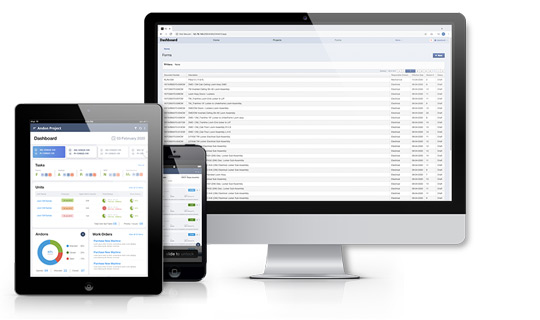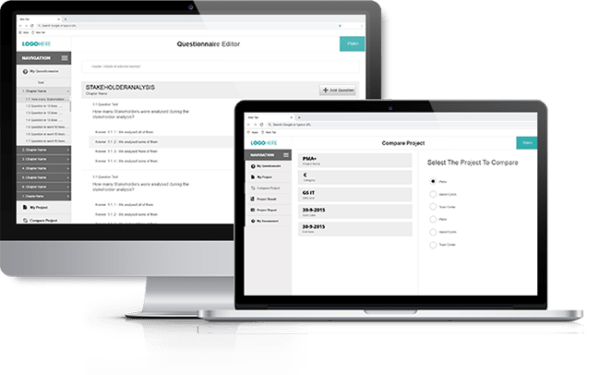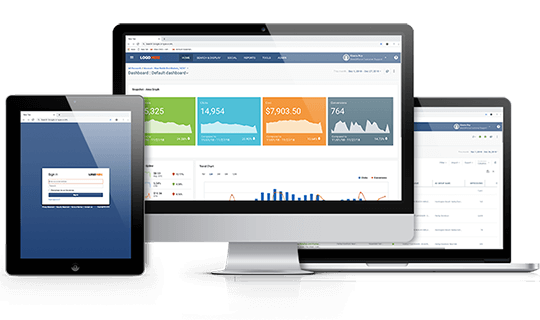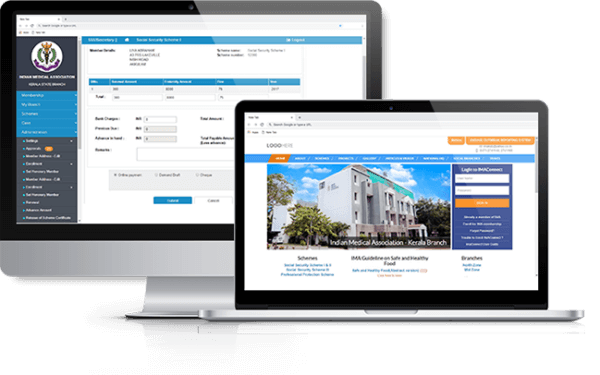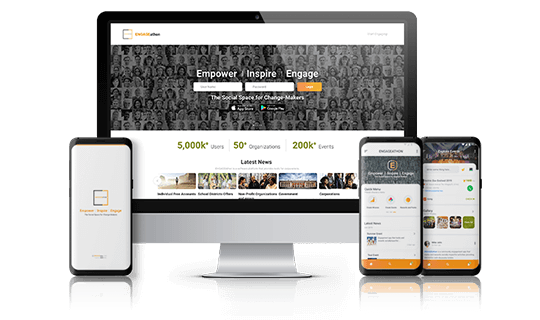Robot Framework is a highly versatile, open-source test automation framework that is designed for acceptance testing and acceptance test-driven development (ATDD). It is written in Python and can be run on multiple platforms, including Windows, macOS, and Linux. The framework provides a user-friendly interface for writing test cases in a tabular format using keywords, making it accessible to both technical and non-technical users.
What makes Robot Framework appealing?
Test scripts are written using a fairly simple syntax by Robot Framework. Therefore, Robot Framework may be used by even less skilled or technically inclined individuals to create test scripts. The framework may be built and maintained by tech-savvy engineers, while the tests can be written by junior profiles, analysts, or even the project manager.
Robot Framework is quite flexible and may be used as a framework that is behavior-driven or that uses purely keyword-driven syntax. Other tooling that is behavior-driven, like Cucumber, is more of a tool for collaboration than a framework. Robot Framework provides the user the use of logic and variables, which results in a larger learning curve but makes up for this by being considerably less strict than Cucumber, even though Cucumber is the easier to learn and the less technical of the two.
A report and a log are created when a robot file is executed, together with the tests that were written in the file. While the log offers you a full picture of what’s happening, the report gives you a fast idea of which test cases failed and why. The logs will provide you with rather complete information on each line of code that is performed. Robot Framework also produces an XML file that may be processed to produce your own unique report in addition to the log and report.
Benefits of Automation using Robot Framework
Robot framework uses plain language keywords, which makes it easier for non-technical users to understand and create test cases. This is particularly useful for organizations that have a diverse range of stakeholders involved in the testing process. Additionally, the framework can be integrated with various tools, including Jira, Jenkins, and Selenium, allowing users to take advantage of the features offered by these tools to improve the overall quality of their testing processes.
Another advantage of using Robot Framework is its support for data-driven testing. With data-driven testing, tests can be executed with multiple sets of input data, making it ideal for regression testing, where the same tests need to be executed multiple times with different data sets. The framework also supports test case tagging, which allows users to categorize tests into groups and execute them as required. This makes it easier for users to manage and maintain their tests, and can help to improve the efficiency of the testing process.
Robot Framework is also highly extensible, providing a rich library of keywords and supporting the creation of custom keywords. This means that users can extend the framework to meet their specific needs and automate more complex testing scenarios. The framework also supports parallel test execution, enabling users to run multiple tests simultaneously, which can significantly reduce the time required to complete the testing process.
In addition to its ease of use, data-driven testing, test case tagging, and extensibility, Robot Framework also provides a number of other features that make it an ideal choice for organizations looking to improve their testing processes. For example, the framework provides detailed logs and reports, which provide information about the outcome of each test case and make it easier to identify and debug problems.
One of the unique features of Robot Framework is its ability to work with a wide range of test libraries. This means that users can utilize existing test libraries or create their custom libraries to meet their specific testing needs. This can greatly improve the efficiency and effectiveness of the testing process, as users can take advantage of existing test libraries to automate complex testing scenarios without having to write their tests from scratch.
Conclusion
Robot Framework is a powerful, versatile, and efficient test automation tool that provides numerous benefits for organizations looking to improve their testing processes. Its ease of use, data-driven testing, test case tagging, extensibility, and support for parallel test execution, make it an ideal choice for a wide range of testing scenarios.
Whether you’re a seasoned automation professional or just starting out, Robot Framework provides a flexible and accessible platform for automating your tests and enhancing the quality of your software.
The robotic process automation solution offered by Zinemind can put you on the right track to mastering the Robot Framework. Do you need further assistance? Our team of experts is always delighted to examine your present quality assurance procedure and consider methods to improve robotic process automation and advance it.









